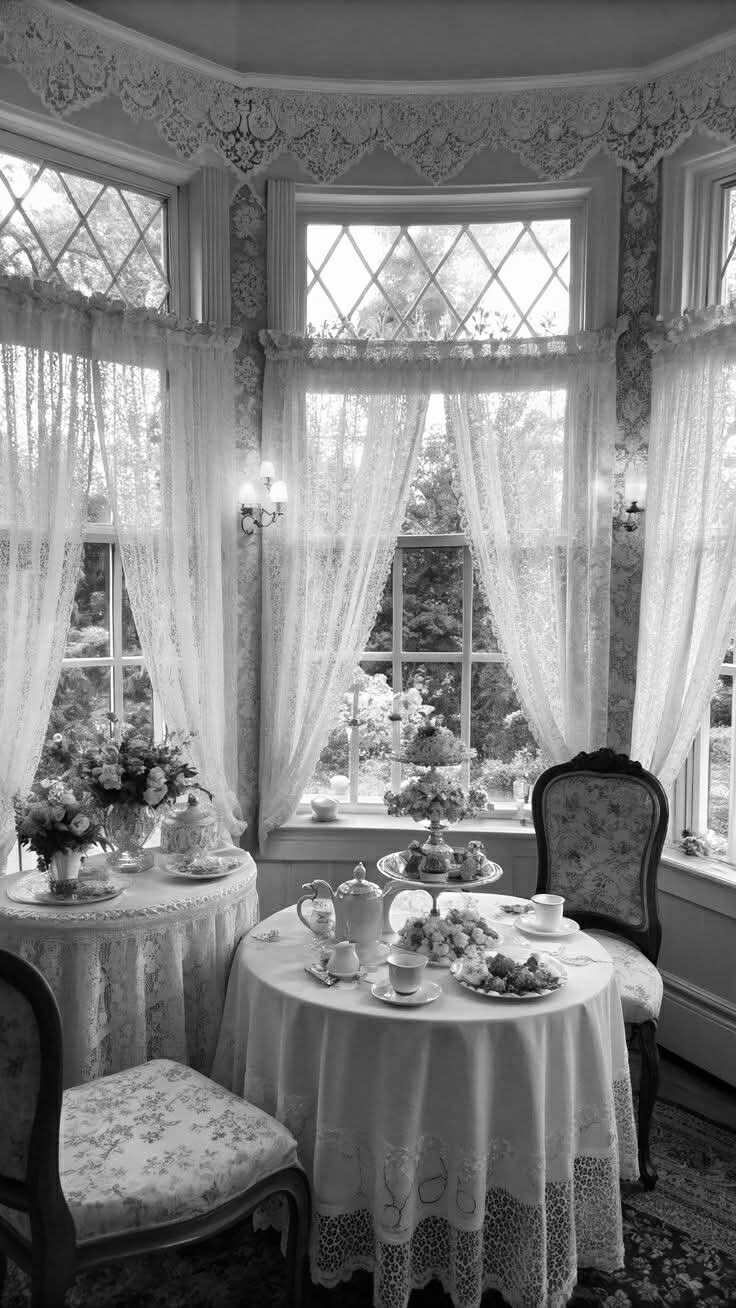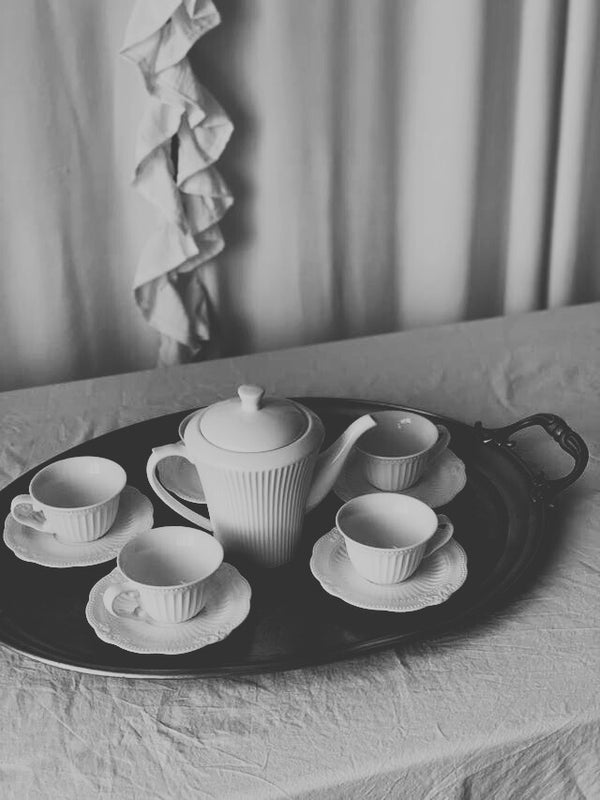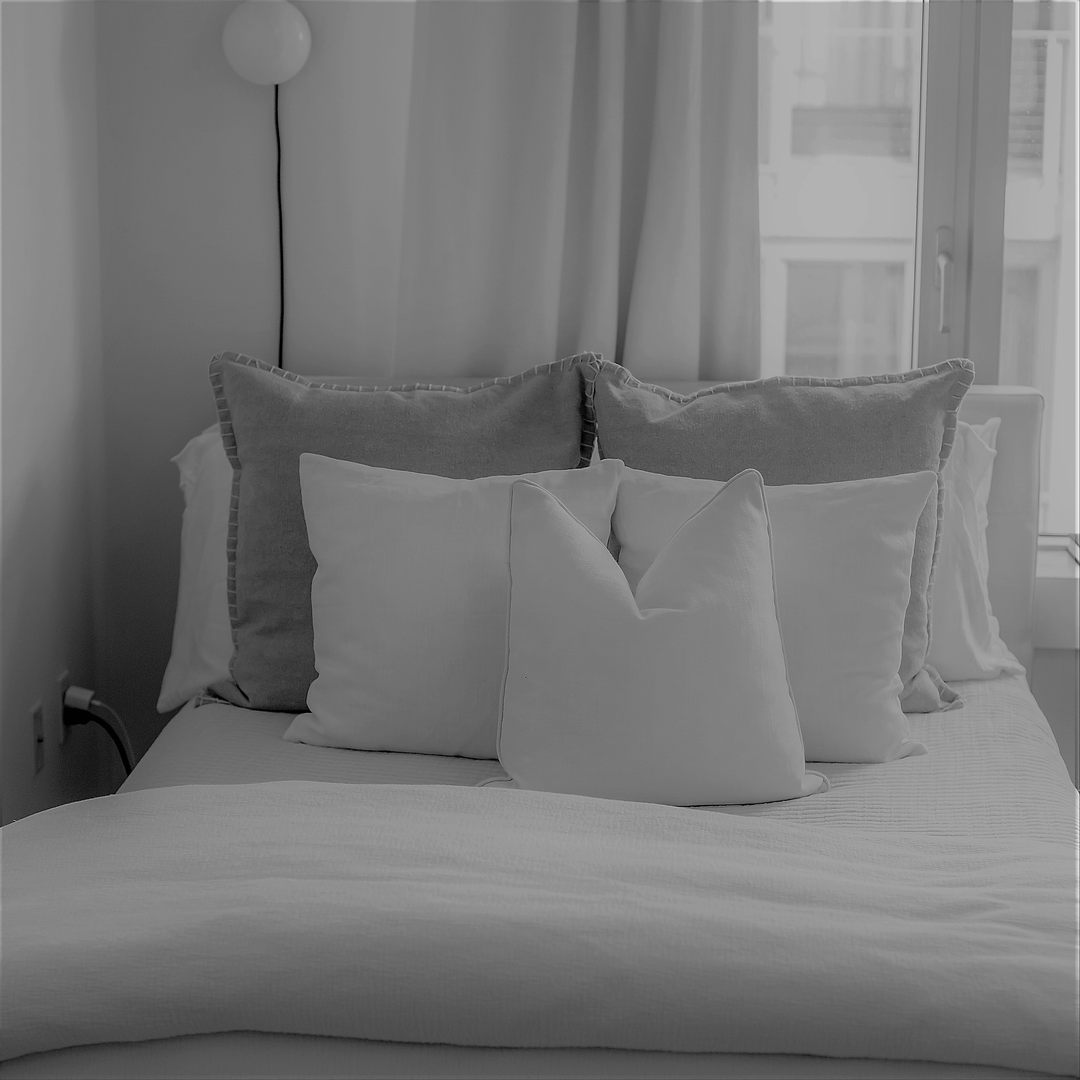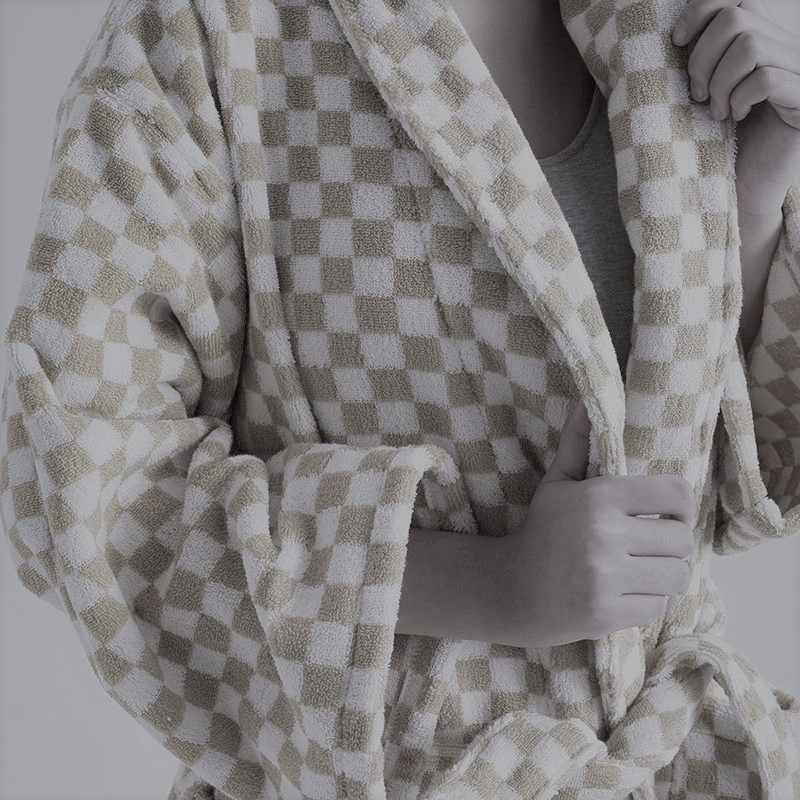How to Water Plants While Away on Vacation: 6 DIY Methods
Method One: Glass Bottle Solution
Don’t throw away your bottle of sauvignon blanc once it’s empty — bottles are great for taking care of plants that need watering every day while you’re away. Or use this method on a daily basis to create less watering work for you. If the bottle has an interesting design, it can also be a creative and fun decoration to add to your planter or pot. Make sure you use a bottle with a cap and not a cork. This solution may be reused as well by simply refilling the bottle after your plant drinks all the water.
Project time: Less than 10 minutes
Materials + tools needed:
- Hammer
- Nails
- A bottle with an aluminum cap
- Pliers
Step 1: Puncture holes in cap.
Use pliers to remove the plastic film inside the cap. Then, take a nail and hammer it through the aluminum cap, creating five mini holes. To make sure you don’t warp the cap, start by nailing the hole from the inside of the cap.
Step 2: Fill the bottle with water.
Take the bottle off the cap and fill to the brim with water. Put the cap back on the lid.
Step 3: Place the bottle into soil.
Dig a hole in the soil of the plant you’ll be watering. Put the bottle (cap side first) into the hole you dug. Refill after a long weekend!
Method Two: Houseplant Bath
You take baths, you may have bathed a pet before, but did you know you can bathe your plants? Yes, you definitely can have your plants soak up some bath water while you’re gone for the week. Keep in mind that this method works best for plants that require a lot of water, like tropical plants and plants that don’t require much sun since the bathroom is usually the room with the least amount of light.
Project Time: Five minutes
Materials + tools needed:
- Towel
- Sink or bathtub
- Well-draining potted plants
Step 1: Fill up your bathtub or sink.
Fill up your bathtub or sink (depending on how many plants you need to take care of while gone) with a couple inches of water.
Step 2: Lay out a towel to cover the tub or sink.
Lay a towel out over the water so the pots of the plants do not scrape up the tub or sink.
Step 3: Place your plants on the towel in the bath.
Place plants in the tub or sink, making sure the plants are in pots with good drainage so the water can soak through the roots. This method should take care of the plant for up to a week.
Method Three: Water Wicking Drip System
In this method, you are linking up your plant to a water system using a simple cotton string. Wick watering works great for longer lengths of time — the more water you supply in the external bucket or vase, the longer your plants will be taken care of. The system is also great for those with more than one plant as you can water multiple plants at a time.
Project time: Five minutes
Materials + tools needed:
- Cotton rope
- A vase or bucket
Step 1: Cut the cotton ropes.
Make sure to get cotton rope because this is the most absorbent material that will easily transfer into the soil of the plants. You want the rope to have slack on the end inside the vase of water and also be able to reach several inches under the soil. Cut a rope for each plant that needs watering.
Step 2: Place ends of rope in the soil and water.
Push one end of the rope several inches under each of the plants’ soil, then cover each rope with soil to make sure it stays. You can also use a pencil to stuff each rope into the soil. Have the other end of the rope placed in the vase or bucket filled with water, and make sure there is extra slack on this end.
Step 3: Water plant and fill the vase.
Fill up the vase with water and then water the plants to start the process. This method is great for those who have multiple plants and want one setup.
Method Four: Plant Saucer Setup
This method is one of the simplest, but you probably shouldn’t use this solution for plants that need special attention. Saucers not only help retain water for your plants but also make it so the soil does not leak out from the bottom of your pot, keeping everything nice and tidy while you’re away.
Project time: One minute
Materials + tools needed:
- Saucer
- Drainage pot
Step 1: Select a saucer.
When looking for a saucer for your pot, you want to make sure it is close to the same size as the pot, or even slightly larger, so that the saucer has room to hold water and still touch the full bottom of the pot.
Step 2: Place your plant in the pot.
Using a drainage pot is important so that the plant can reach the water that is going to be in the saucer.
Step 3: Soak the saucer or place water in the saucer.
Run the saucer under water or place water in the saucer to have extra water for the plant to drink from while you are gone.
Method Five: Tiny Plastic Bag Greenhouse
You don’t by any means need to construct walls or a roof for this method, it’s quite simple and a great long-lasting solution while you’re away from your plants. Be careful to follow the instructions on this strategy to avoid ruining your plants’ foliage. Don’t use this method in direct sunlight or with succulents as they might overheat or shrivel.
Project time: 15 minutes
Materials + tools needed:
- Four wood stakes
- Clear plastic bag (large enough to fit over the plant)
Step 1: Insert the wood stakes.
Take the four wood stakes and put them in each corner of the pot. This will be the base of the greenhouse plastic bag tent, so the plastic does not wrap around the leaves.
Step 2: Water and place in indirect sunlight.
Water your plant as you usually would — do not over water. Leave your plant in indirect sunlight because direct sunlight will heat up the plastic bag too much and will most likely kill your plant.
Step 3: Wrap your plant in the plastic bag.
Find a plastic bag large enough to cover your whole plant and then some. Wrap your plant inside the plastic bag, making sure that the stakes are placed well enough that the leaves are not touching the bag. If the leaves touch the bag slightly, that is fine. The tiny greenhouse will capture water as it evaporates and water droplets will fall back into the plant.
Method Six: Plastic Water Bottle Planter
Not only humans drink from water bottles, but plants do as well, and it’s a great way to reuse plastic water bottles. Although this system does not last very long, the method is one of the easiest to set up and reuse. Simply fill the bottle as needed!
Project time: Five minutes
Materials + tools needed:
- Plastic water bottles (size varies due to plant size)
- Nails
- Hammer
Step 1: Puncture holes on the bottle.
Take the water bottle and pierce about six holes on the sides of the water bottle, and about three holes on the bottom of the water bottle.
Step 2: Place the plastic bottle into the soil.
Water the soil of your plant before so that your plant does not consume all the water from the bottle first, letting the self-watering method last longer. Place the plastic bottle into a hole in the soil with the cap and about an inch or two of the water bottle peeking out.
Step 3: Fill up the water bottle.
Fill the bottle with water and cap the bottle so the water does not evaporate and instead drains into the plant. This strategy is great for plant owners that go on a long weekend getaway or who don’t water their plants every day. You may use this method again by simply refilling the water bottle.
(Reference: https://www.proflowers.com/blog/how-to-water-plants-while-away)



















